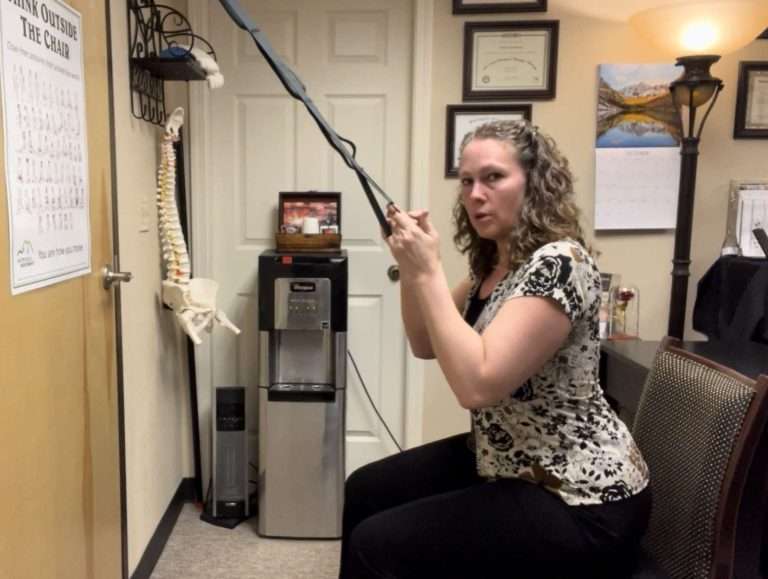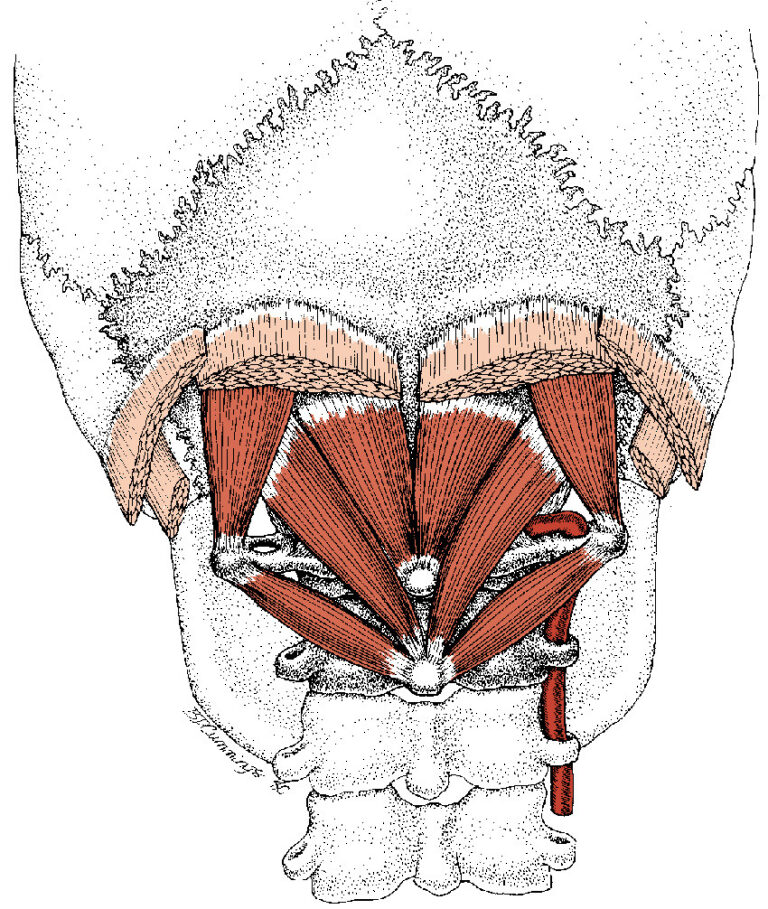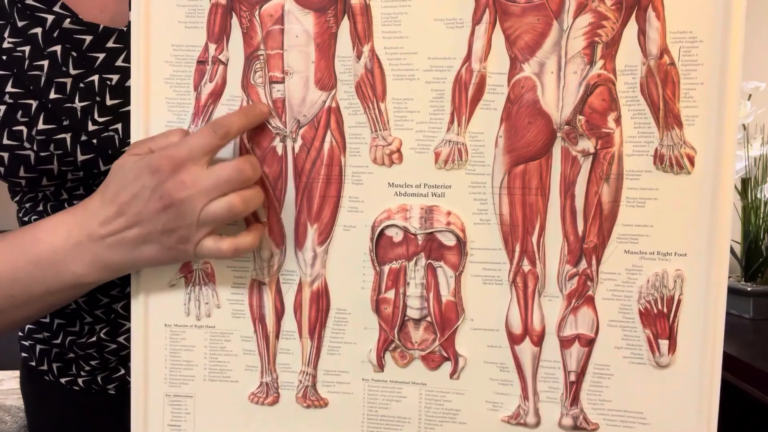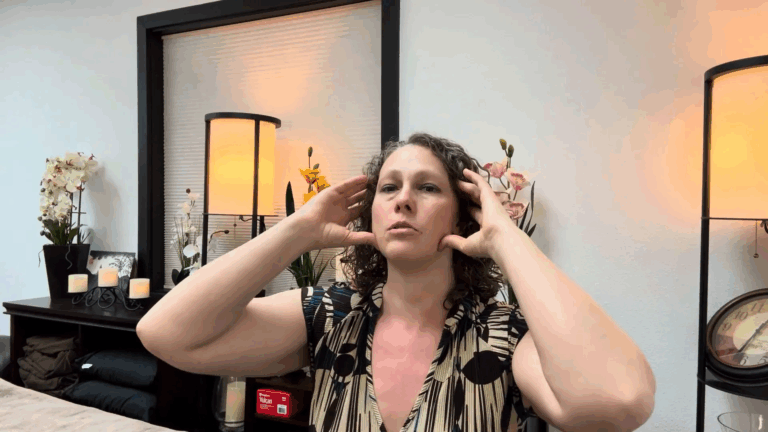Sitting with low back support: Simple, practical ways to keep your lumbar curve while you sit
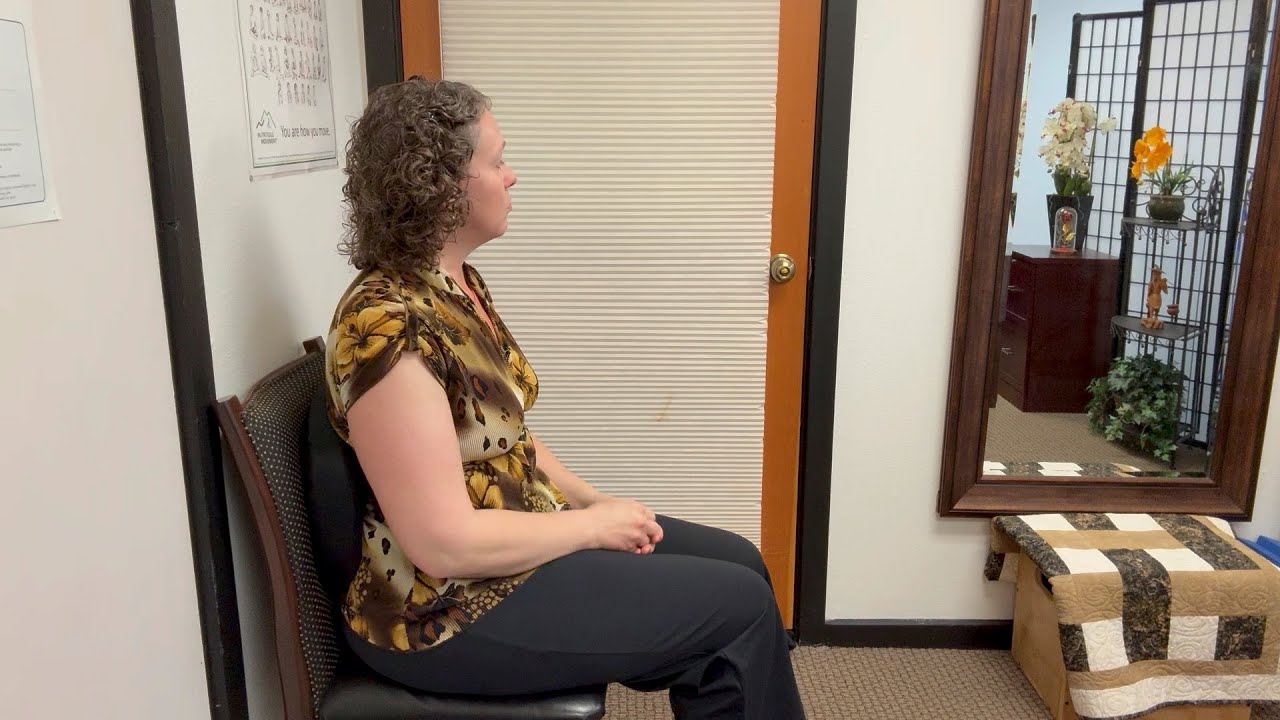
Hi, I’m Emily Boudwin, a neuromuscular massage therapist and restorative exercise specialist. In this tutorial I’ll walk you through why sitting with low back support matters and exactly what to use and how to position supports so you can preserve your natural lumbar curve while sitting in a chair, recliner, or car. If you spend a lot of time sitting—watching TV, driving, working at a desk—learning how to sit with low back support can make a big difference in your low back and hip comfort.
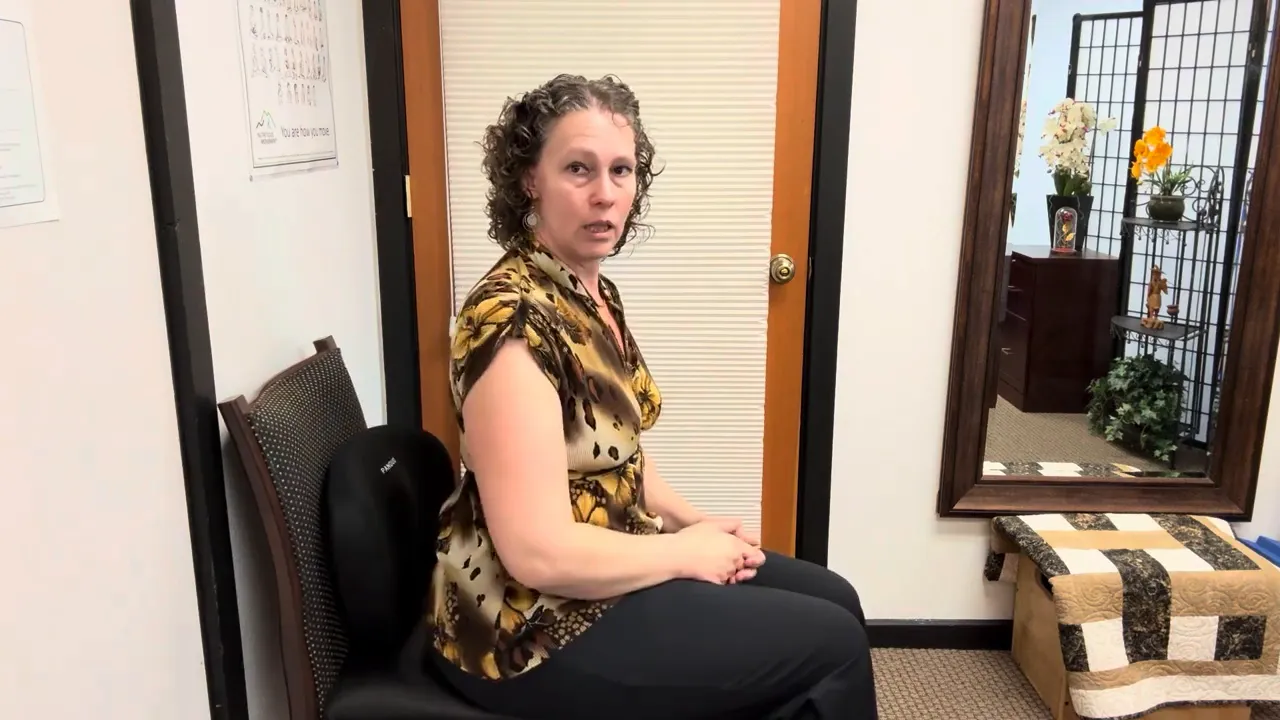
What I often recommend first: a small lumbar cushion, like this one. I found this kind of cushion online for about $20–$25. It’s inexpensive, portable, and easy to move to the exact spot where you need support.
Why sitting with low back support matters
When you sit for long periods without proper support, the natural inward curve of the low back (the lumbar lordosis) tends to flatten. This flattening shifts weight and pressure onto the tailbone and the posterior structures of the pelvis. Over time that position can contribute to low back pain, increased hip tightness, and altered movement patterns.
Keeping the small curve in your low back while you sit distributes forces more evenly and encourages you to sit on your sitz bones (ischial tuberosities) rather than collapsing back onto your tailbone. I teach people simple, practical strategies so they don’t have to fight their posture constantly—they can relax and stay supported.

Everyday tools for sitting with low back support
Here are things you can use right now to sit with low back support. These are inexpensive, easy to try, and adaptable to chairs, recliners, and cars.
- Small lumbar cushion — A purpose-made cushion that sits in the curve of your low back. Adjustable, comfortable, and affordable.
- Travel pillow — Surprisingly useful; when placed behind your lumbar spine it can provide a soft but supportive curve.
- Rolled towel or blanket — The classic DIY lumbar roll. Roll to the size that feels right for your low back and tuck it behind you.
- Half foam dome / foam wedge — A firmer option than a pillow. It provides a shaped and more stable support that holds the curve well.
- Chair with built-in lumbar support — If you have one, adjust it so it fits you in the lower lumbar region, not too high or too low.
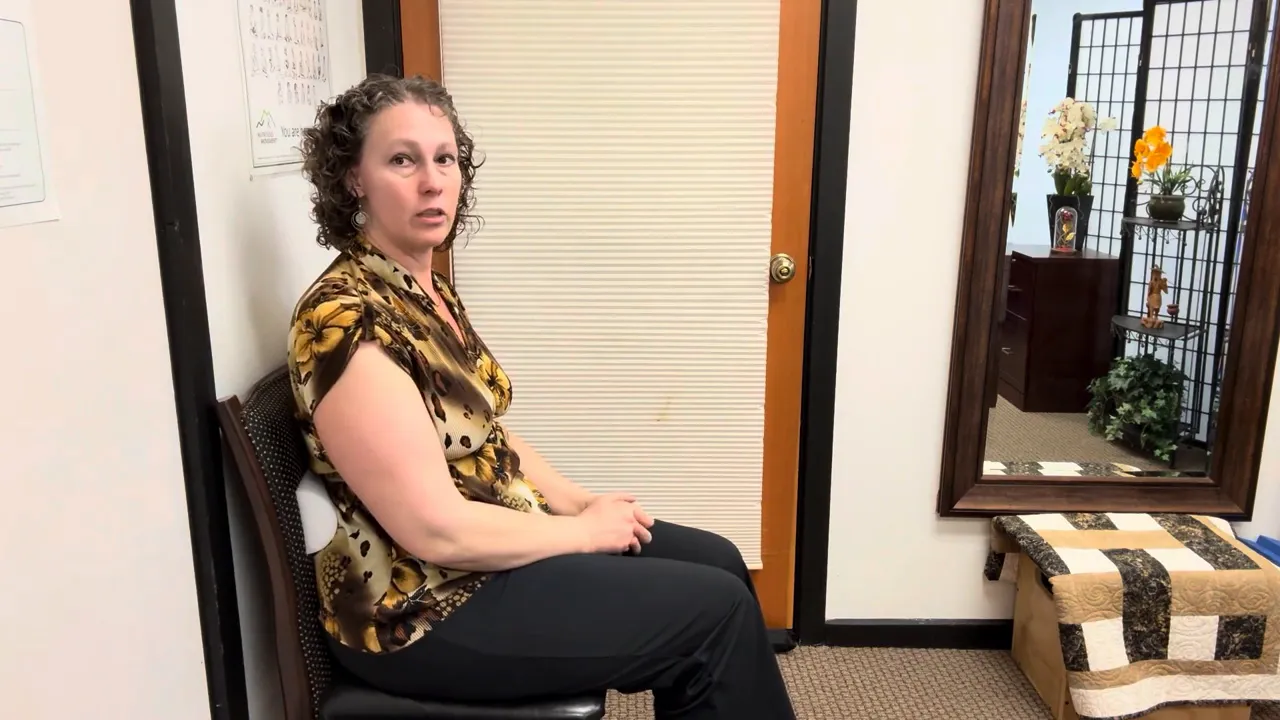
How to choose the right support
Choose a support that feels comfortable and keeps your low back gently in its curve. If the support is too thick it can push you forward uncomfortably; if it’s too small it won’t make a difference. The point is to restore the small inward curve, not to exaggerate or create a tight arch.
If you’re unsure, try a few options (pillow, towel, half dome) and sit for a short while with each. Notice how your hips, low back, and breath feel. Comfort plus a subtle sense of being supported is the goal.
How to position a support and test your sitting position
Follow these quick steps to position a lumbar support and confirm you are sitting on your sit bones rather than your tailbone:
- Sit all the way back in your chair so your buttocks touch the back of the seat.
- Place the cushion, rolled towel, or dome where the hollow of your lower back is—about two to three inches above the top of the tailbone for most people.
- Relax into the support and take several slow breaths. The support should feel like it allows your low back to keep a small natural curve.
- Check your sitting base: wiggle forward slightly. If you feel more contact under the bony sit bones (ischial tuberosities) you’re sitting on your sitz bones. If you’re perched on the very tip of your tailbone, you’ll feel pressure on the bottom-most point—adjust the support or move forward on the seat until the weight settles onto the sitz bones.
- Adjust the cushion height and firmness until you can sit comfortably and breathe easily while maintaining that small curve.
It’s common to need a little trial and error. A support that’s “close enough” to where your lumbar curve lives is better than no support at all.
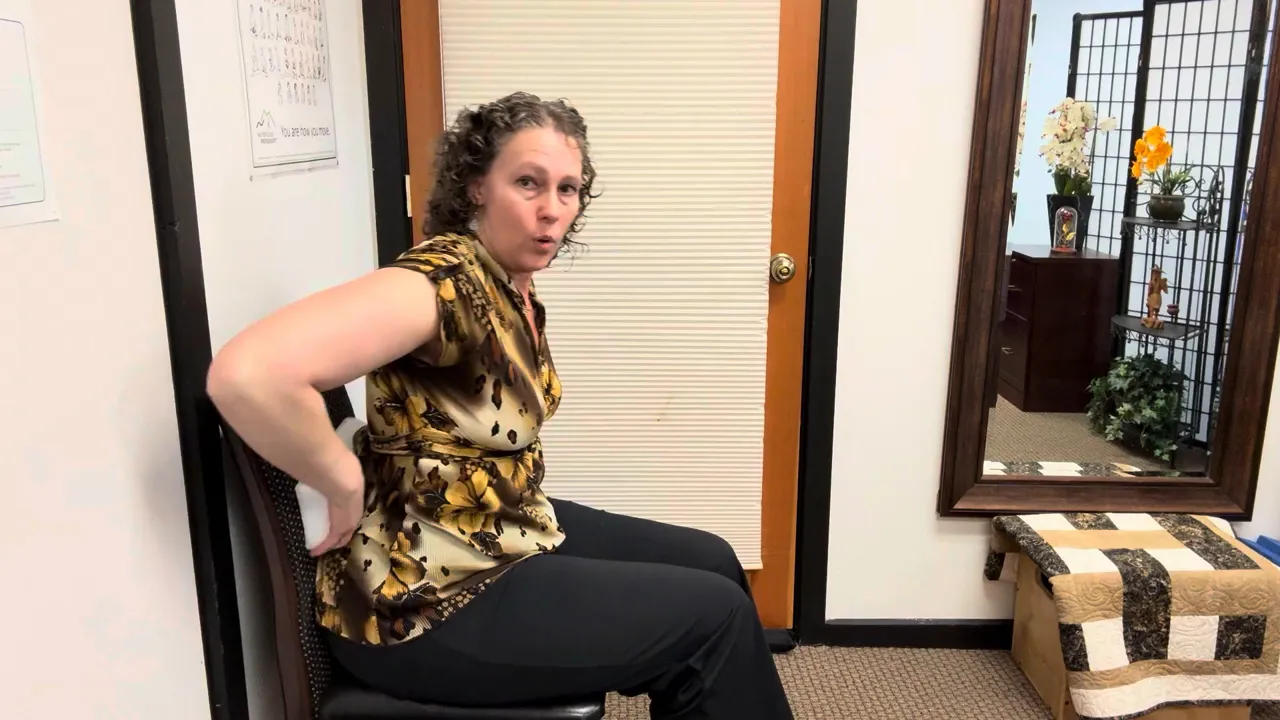
Short sitting routine: simple cues to keep the lumbar curve
Integrate these short actions into your sitting sessions—do them every 20–30 minutes or whenever you feel your posture collapsing.
- Reset Breath + Pelvic Check (30 seconds): Take a deep breath in through the nose, soften the belly on the exhale, tilt the pelvis slightly forward so your sitz bones are under you, and relax into the lumbar support.
- Seated Micro-Movement (1 minute): Gently rock your pelvis forward and back three to five times to find the neutral sitting spot. Pause in the position that feels supported by the cushion.
- Stretch Break (1–2 minutes): Stand up, stretch your low back and hamstrings briefly, or do a few shoulder rolls. This helps prevent stiffness and resets your posture when you sit again.
When using supports is the right choice (and when to challenge yourself)
Supports are tools. If a support helps you maintain a healthier position and reduces pain, use it. I tell people: “It’s a crutch. But crutches are good.”
“It’s better to use it than not to. It’s a crutch. But crutches are good.”
For some, a lumbar cushion is a long-term aid; for others it’s a temporary training tool while they build strength and motor control. Use the support to teach your body what a better sitting posture feels like. Over time, you may find you can maintain that position with less reliance on props as you improve core stability and hip flexibility.
When to prioritize strength and mobility work
Supports help position you, but if you have persistent low back pain or your sitting tolerance is limited, include targeted strengthening and mobility work in your routine. Areas to address include:
- Glute and hamstring strength (to help sit-to-stand and support the pelvis)
- Core stability (to support the lumbar spine)
- Psoas flexibility and hip mobility—tight hip flexors from prolonged sitting can pull the lumbar spine forward or cause compensations.
I have resources on my site that pair well with sitting support strategies, such as guidance on sitting on your sitz bones and psoas information that explains why the front-of-hip muscles can be a problem after too much sitting.
Practical tips for different seating situations
Car: Put a small cushion behind your lower back. Adjust the seatback so you’re not fully reclined; the support should sit in the lumbar hollow. If your car seat has lumbar adjustment, use it to create a slight curve.
Recliner: Many recliners flatten the low back. Add a lumbar roll or towel and avoid fully collapsing into the chair for long periods.
Office chair: Position the support to match your lumbar curve, not the mid-back. If your chair forces you forward, add a thin cushion behind your pelvis to encourage sitting on your sitz bones.
Signs your lumbar support is helping
- Less low back or hip ache after sitting for a normal period.
- Easier breathing and relaxation while sitting upright.
- Ability to maintain a subtle curve without straining the low back muscles.
- Improved comfort when moving from sitting to standing.
When to seek personalized help
If you have sharp, worsening, or persistent pain that doesn’t improve with simple changes, see a clinician. A neuromuscular therapist or physical therapist can assess how you’re sitting, examine muscle length and strength, and provide an individualized plan.
Relevant resources and follow-up reading
If you want to dive deeper into topics that support better sitting mechanics and reduce pain, here are some resources from my practice that pair nicely with sitting with low back support:
- Video and guide on how to sit on your sitz bones: https://restorativehealthandwellness.com/video-sit-on-your-sitz-bones/
- The psoas and low back connections (why sitting shortens certain muscles): https://restorativehealthandwellness.com/does-your-low-back-hurt-the-psoas-muscle-could-be-the-culprit/
- Periformis and hip rotator stretches useful if you get hip pain when sitting: https://restorativehealthandwellness.com/periformis-glute-deep-hip-rotators-4-stretch/
- Hamstring self-massage you can do while sitting: https://restorativehealthandwellness.com/video-hamstring-self-massage/
- General massage information and how to schedule a session: https://restorativehealthandwellness.com/massage/ and https://restorativehealthandwellness.com/contact-us-and-schedule-your-massage/
- My blog hub with more tutorials and self-massage tips: https://restorativehealthandwellness.com/blog/
Final thoughts: practical, not perfect
My aim is to give you practical, realistic ways to sit with low back support that fit into your everyday life. This isn’t about rigid posture perfection. It’s about making small, sustainable changes—using a cushion, a travel pillow, a rolled towel, or a half foam dome—to keep the small curve in your low back and reduce stress on the spine and hips.
If a support helps you, use it. If the support gives you time to retrain your sitting habits and reduce pain, that’s a win. Remember to move regularly, listen to your body, and reach out if you need hands-on assessment or a tailored plan.
I hope these tips for sitting with low back support are helpful. If you’d like more tutorials and self-care suggestions, check out the links above or get in touch to schedule a session.
Did this post help you! |
|
Then sign up for our FREE Email Newsletter! |
| Sign Me Up! |


